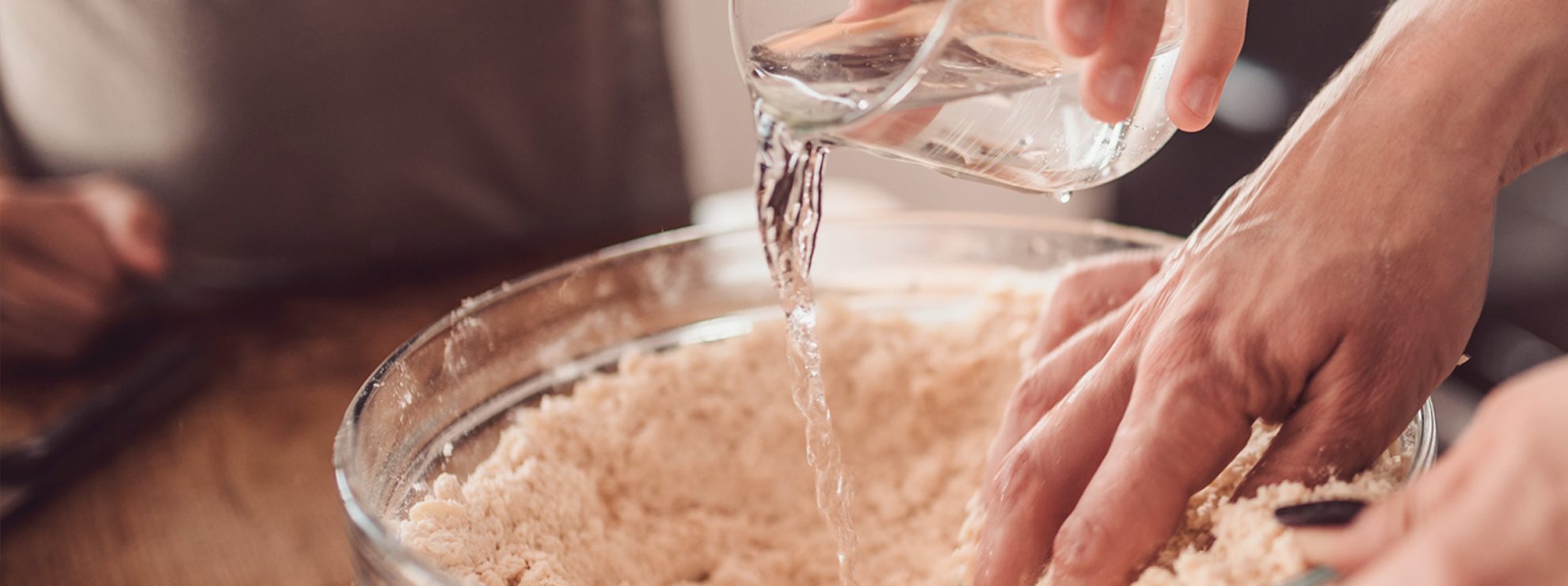How to Remove Rust from a Tea Kettle: 3 Simple and Effective Methods
Are you tired of dealing with rusty spots on your beloved tea kettle? Rust not only ruins the appearance of your kettle but can also affect the taste of your favorite brew. But fear not! With a few easy techniques, you can banish rust and restore your tea kettle to its former glory. In this article, we'll explore simple and effective methods to remove rust from your tea kettle, so you can enjoy your tea without any unwanted flavors or stains.
;)
There is very little else that is more disappointing for a tea lover than the sight of rust spots marring the surface of a cherished tea kettle. While it may seem daunting at first, removing rust from your tea kettle is a manageable task with the right approach.
What Causes Rust to Form on A Tea Kettle?

Rust forms on tea kettles primarily due to a chemical reaction known as oxidation. When iron or steel, the materials commonly used in tea kettle construction, are exposed to oxygen and moisture over time, they undergo oxidation, resulting in the formation of iron oxide, or rust.
The presence of minerals in water, such as calcium and magnesium, can accelerate this process, especially in areas with hard water. Additionally, scratches or abrasions on the surface of the kettle can provide entry points for moisture, further promoting rust formation. You're one step closer to preventing the deterioration by understanding this process.
What's the Impact of Rust on Tea Flavor?

One common concern among tea enthusiasts is whether rust in a tea kettle can affect the flavor of brewed tea. While rust itself is not typically harmful to health in small amounts, it can impart undesirable metallic flavors to the water, altering the taste of the tea.
Furthermore, rust may indicate the presence of other contaminants or impurities that could affect the quality of the water and, consequently, the flavor of the brewed tea. However, by promptly removing rust from the kettle and maintaining proper cleaning and maintenance practices, you can ensure that your tea kettle remains free from rust-related flavor issues.
How to Remove Rust From Your Tea Kettle

Removing rust from your kettle is a straightforward task. Below, we have compiled essential tips and methods to rid your tea kettle of rust using common household items.
1.Vinegar Soak
- Fill your tea kettle with equal parts white vinegar and water.
- Allow the solution to simmer for 30 minutes to an hour.
- Use a soft brush or sponge to scrub away the loosened rust.
- Rinse the kettle thoroughly with water and dry it completely.
2.Baking Soda Paste
- Create a paste by mixing baking soda with water until it forms a thick consistency.
- Apply the paste to the rusted areas of the tea kettle.
- Let it sit for several hours or overnight.
- Scrub the paste away with a non-abrasive sponge or brush.
- Rinse the kettle thoroughly and dry it well.
3.Lemon and Salt Scrub
- Cut a lemon in half and sprinkle salt over the rusted areas of the tea kettle.
- Use the lemon halves to scrub the rusted spots, squeezing gently to release the juice.
- Allow the lemon and salt mixture to sit for at least an hour.
- Scrub the rust away with a sponge or brush.
- Rinse the kettle thoroughly with water and dry it thoroughly.
How to Prevent Your Tea Kettle From Rusting
To prevent your tea kettle from rusting and prolong its lifespan, here are some preventive measures you must keep in mind:
- Always dry your tea kettle thoroughly after each use to prevent moisture buildup.
- Store your tea kettle in a dry, well-ventilated area.
- Avoid leaving water sitting in the kettle for extended periods.
- Consider using a kettle with a non-metallic interior to minimize the risk of rust.
Can You Still Use the Tea Kettle for Making Tea After Removing Rust?

Yes, in most cases, you can still use the tea kettle for making tea after removing the rust. Once you have successfully removed the rust using any of the methods mentioned above, it's essential to rinse the kettle thoroughly with water and dry it completely before using it again. This ensures that any residue from the cleaning process is removed, leaving your tea kettle clean and safe for brewing your favorite teas.
Conclusion
With these simple methods, you can say goodbye to rust stains and enjoy your tea with peace of mind. By following these steps, you can keep your tea kettle looking pristine and ensure that your favorite brews taste just as they should. So go ahead, give your tea kettle a little TLC today, and enjoy delicious tea without any unwanted rust!
;Resize,width=767;)

;Resize,width=712;)

